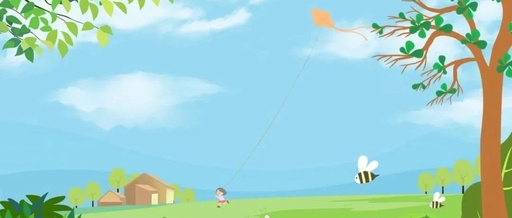
“A series of articles on the ‘Foundational Theories of Traditional Chinese Medicine’ aims to help everyone better learn TCM and break free from the strange cycle of ‘only seeking formulas, not learning medicine.’ We will use vivid and interesting language and fascinating phenomena to unveil the mysteries of TCM, opening the door to a new world, while also allowing you to understand TCM ‘both in its essence and its reasoning.’
When it comes to Ren Shen (Ginseng), many people likely have a somewhat mysterious impression of it, such as in martial arts novels where no matter what injury occurs, ginseng is always the only answer; many ancient people also tried to uncover the secret of eternal youth from ginseng, etc. Although after long-term research, people have learned that ginseng cannot bring the dead back to life or grant immortality, it remains an irreplaceable existence in people’s minds.
However, there is a saying that the ginseng recorded in ancient texts is not the ginseng we refer to today, but rather Dong Shen (Codonopsis). Would you be surprised? Many people might be astonished to hear that the ancient ginseng could be the modern Dong Shen, as many consider Dong Shen merely a substitute for ginseng. Of course, speculating here yields no results; it is better to read through today’s article, and perhaps an answer will emerge.
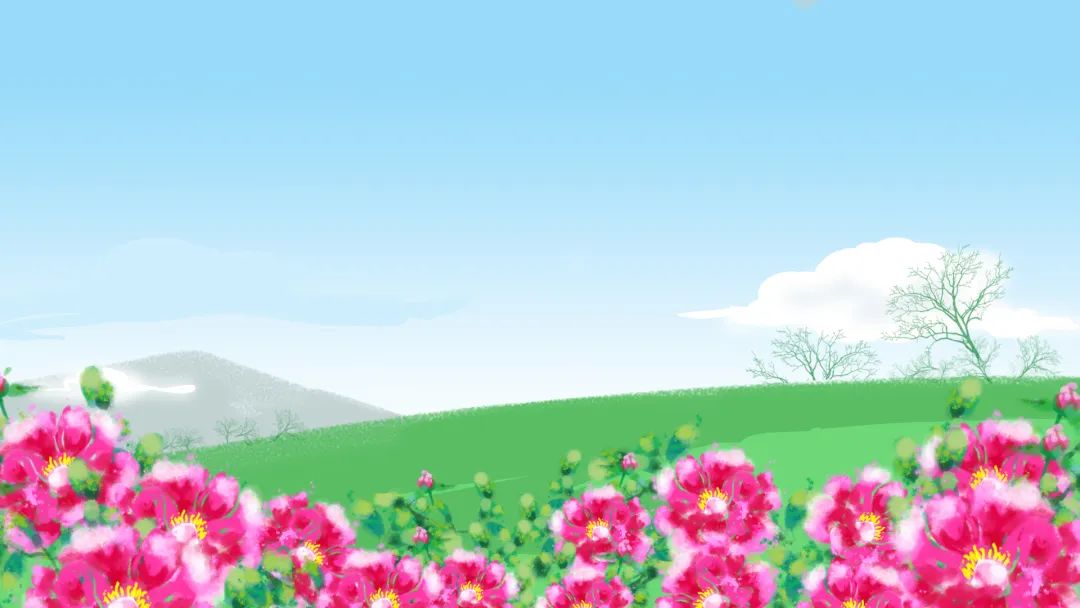
◎Image authorized by Baotu Network
01
Ancient Perspectives on Ginseng
Zhang Zhongjing, the author of the ‘Treatise on Febrile and Miscellaneous Diseases,’ was from Nanyang, Henan, during the Eastern Han Dynasty. In 202 AD, Zhang Zhongjing was appointed as the governor, and during his tenure, he completed the sixteen volumes of the ‘Treatise on Febrile and Miscellaneous Diseases.’
Zhang Zhongjing lived during the late Eastern Han Dynasty, a time of turmoil and continuous warfare, with natural disasters occurring frequently, leaving the common people in dire straits, struggling to survive, and making the circulation of medicines even more difficult. Therefore, based on the historical context of the time, it is speculated that the medicinal materials Zhang Zhongjing used were mostly local herbs from the Nanyang region. Dong Shen is widely distributed, and Nanyang was one of its production areas, while ginseng was not among them. Thus, it can be inferred that the ginseng Zhang Zhongjing used was likely Codonopsis rather than Panax ginseng.
In addition to this well-founded speculation, modern TCM expert Zhang Xichun also believed that the ancient ginseng was the modern Dong Shen. Zhang Xichun noted that the ‘Shennong Bencao Jing’ mentions ginseng as having a ‘sweet taste,’ which aligns with the sweet taste of Dong Shen, while Liao ginseng has a sweet yet slightly bitter taste. Therefore, from this perspective, Zhang Xichun concluded that the ancient ginseng referred to in texts is indeed the modern Dong Shen. Moreover, Dong Shen is neutral in nature, unlike Liao ginseng, which is warming. The ‘Shennong Bencao Jing’ describes ginseng as having a slightly cool nature, which is actually closer to the neutral nature of Dong Shen.
Zhang Xichun further pointed out that the effects attributed to ginseng in the ‘Shennong Bencao Jing,’ such as ‘tonifying the five organs, calming the spirit, stabilizing the soul, stopping palpitations, dispelling evil qi, brightening the eyes, uplifting the spirit, and benefiting intelligence,’ are all due to sufficient qi and blood, allowing the organs, meridians, and tissues to receive nourishment, thus resulting in these effects.
Of course, these viewpoints alone do not seem sufficient to prove that the ginseng recorded in ancient texts is indeed the modern Dong Shen. However, Zhang Xichun specifically examined the shapes of ginseng and Dong Shen. He pointed out that wild Dong Shen has transverse stripes similar to Liao ginseng, while cultivated ones do not have transverse stripes, or only a few stripes may appear at the base, and cultivated ones have smooth skin and plump flesh, while wild ones have rough skin and loose flesh, with a cross-section resembling a chrysanthemum.
Moreover, Zhang Xichun classified Dong Shen into three types: ‘the wild ones with thick roots are the most valuable, called Lion Head Dong Shen,’ ‘those growing in Wutai Mountain are called Tai Dong Shen, which are white with a slight yellow hue,’ and ‘those from the Taihang Zituan Mountain in Luzhou are called Lu Dong Shen, also known as Zituan Shen, which are slightly red and thin.’ Among these three types, Lion Head Dong Shen is relatively rare, while Tai Dong Shen and Lu Dong Shen are more common. Comparing the two, Tai Dong Shen has slightly stronger effects, while Lu Dong Shen ‘is neutral and not warming, making it very suitable for treating qi deficiency with heat.’
02
Zhang Xichun’s Application of Dong Shen
Of course, Zhang Xichun did not merely speak without action; he indeed applied Dong Shen in his formulas.
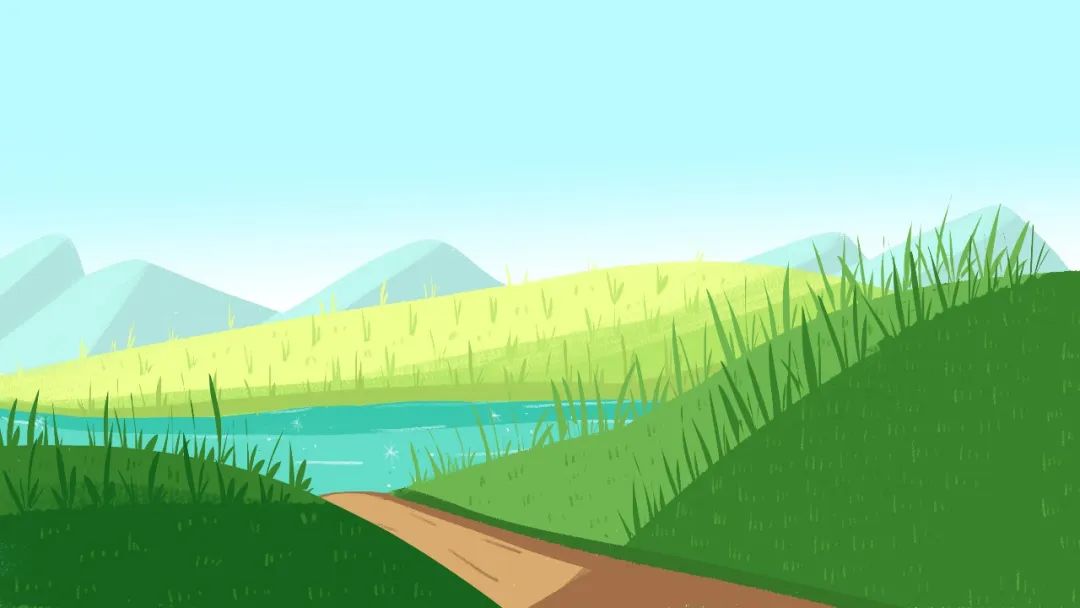
◎Image authorized by Baotu Network
For example, Li Quan Yin, this formula addresses the syndrome of labor heat, which is mostly a problem of yin deficiency. Therefore, in this formula, Zhang Xichun used Dong Shen to tonify the qi aspect, combined with cooling and moistening herbs like Xuan Shen and Tian Dong to also nourish the yin aspect.
In addition, in other formulas, Dong Shen is used to tonify the spleen and stomach qi, paired with Sheng Zhi Shi to descend the qi, often used for conditions of excess above and deficiency below, where the spleen and stomach qi is ascending, causing chest fullness and oppression, such as in Zhen She Tang and Shen Zhi Pei Qi Tang; furthermore, Dong Shen combined with Zhi Shi is often used for conditions where yin and yang are separated, such as in Ji Jiu Hui Yang Tang. Using Dong Shen to return yang, Zhi Shi, being red, enters the heart, and when used together can assist heart qi to descend, facilitating the communication between heart and kidney yin and yang, and can also be used for conditions where yin does not contain yang, or water does not nourish wood, such as in wind stroke, like in Xi Feng Tang; additionally, it opens the qi and blood, used for conditions of qi and blood deficiency and stagnation during childbirth, like in Da Shun Tang, where Dong Shen tonifies qi and blood, and Zhi Shi, being heavy, descends, and when used together can help facilitate a smooth delivery.
Wei Ling Xian is often used to dispel wind, eliminate dampness, open the meridians, and relieve pain. The ‘Newly Compiled Materia Medica’ states: ‘It eliminates long-accumulated phlegm in the intestines, removes abdominal masses and gas blocks, disperses skin itching and pain due to wind, benefits the waist, knees, and ankles from dampness and cold pain, especially effective for fractures and treating various wind-damp diseases, as it reaches all twelve meridians. However, its nature is to move and not to stay, dispelling evil quickly, but it is difficult to tonify the right.’ Zhang Xichun believed that Wei Ling Xian can both promote urination, eliminate phlegm, and open the meridians, and it has the ability to move and assist the action of the medicinal power. Therefore, using Dong Shen with Wei Ling Xian can harmonize dispelling and tonifying, often used for conditions of great qi deficiency in the chest, such as in Zhen Tai Tang.
Zhang Xichun mentioned that Mai Dong has a ‘sweet taste, cool nature, and a slightly fragrant aroma, with thick fluids,’ so it is often used in combination with Dong Shen for cough and wheezing due to yin deficiency, or in cases of pulmonary tuberculosis. Additionally, when Dong Shen is used with Mai Dong, it can be seen in Xuan Yang Tang, used for treating yang deficiency leading to difficulty in urination; in Jian Yun Tang for treating leg pain, arm pain, and back pain due to qi deficiency; and in Jia Wei Mai Men Dong Tang for treating women’s irregular menstruation.
Another example is that Zhang Xichun was very adept at using Bai Hu Tang and Bai Hu Jia Ren Shen Tang for treating warm diseases, but in most cases, he believed that ginseng is warming and recommended using wild Dong Shen instead. In the ‘Medical Records of Traditional and Western Medicine: Continuation of the Efficacy of Bai Hu Jia Ren Shen Tang,’ he listed cases where ‘ginseng’ was needed, and all used ‘wild Tai Shen.’ Zhang Xichun annotated the ginseng in Bai Hu Jia Ren Shen Tang, stating: ‘Five qian of ginseng should use wild Dong Shen according to this dosage; if using Liao Dong true wild ginseng, it should be halved, and for Korean ginseng, it should not be used at all.’ So, what was Zhang Xichun’s intention?
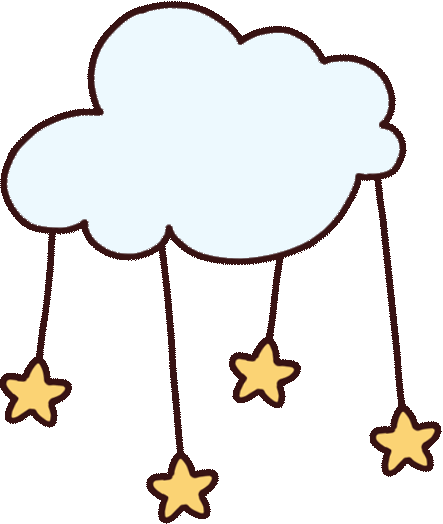
First, the ginseng referred to here in Zhang Xichun’s view is all Dong Shen.Secondly, everyone knows that Zhang Xichun used gypsum very vigorously; he believed that gypsum is light in qi, slightly cold, and not extremely cold, and can dispel heat outward, mentioning: ‘Its cold and cool power is far inferior to Huang Lian, Long Dan Cao, Zhi Mu, Huang Bai, etc.’ He summarized the role of Dong Shen in Bai Hu Jia Ren Shen Tang in two points. First, after sweating, the righteous qi of the person is often deficient; Dong Shen can greatly tonify the righteous qi, allowing it to strengthen and thus effectively counteract the evil; second, sweating easily injures the fluids, and when the fluids are injured, the yin aspect of the person is often depleted; using Dong Shen with gypsum can nourish the fluids to restore true yin, allowing the fluids to nourish the evil heat and easily retreat.
Although the formula is called Bai Hu Jia Ren Shen Tang, it is merely because this formula comes from the ‘Treatise on Febrile and Miscellaneous Diseases,’ and the original formula is written this way. Moreover, although Zhang Xichun discusses the role of ginseng in Bai Hu Jia Ren Shen Tang, he is actually referring to Dong Shen.
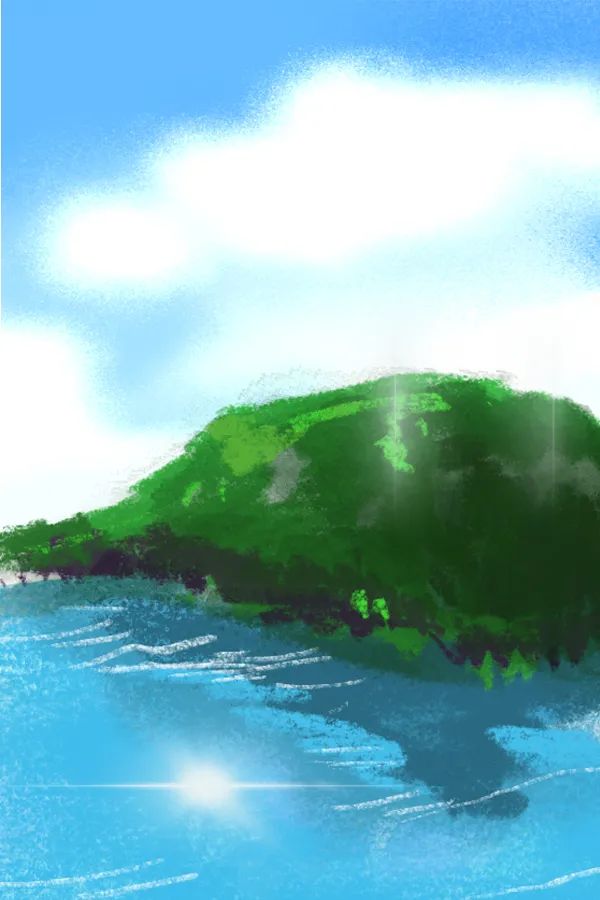
◎Image authorized by Baotu Network
Regarding the differences between Dong Shen and Ren Shen, many people may be unclear, only feeling that ginseng tonifies qi more vigorously. However, Zhang Xichun believed that Dong Shen’s ability to tonify qi is also quite good. Zhang Xichun once mentioned that warm diseases have a significant seasonality, and their onset is closely related to the rise and fall of the body’s righteous qi, and warm pathogens easily consume qi. In treating warm diseases, Zhang Xichun often used Dong Shen to support the righteous qi in elderly people, children, laborers, postpartum women, and those with chronic illnesses who have deficient righteous qi. This is because Dong Shen is neutral and slightly warm, can tonify both qi and yin, tonifying qi without the risk of raising it like Huang Qi, and without the drying and heating side effects of ginseng.

Additionally, for those with chronic illness and deficient righteous qi, unable to resist pathogens, with warm pathogens penetrating internally, and severe symptoms such as the presence of Yang Deficiency, Zhang Xichun would also use Dong Shen to support the righteous qi and stabilize the collapse. Zhang Xichun often used the urine of young boys to decoct Dong Shen, or decoct Dong Shen alone, mixing it with the urine, cooling it after soaking in water, and then taking it to treat yang qi deficiency.
Another reason Zhang Xichun favored Dong Shen is that it is neutral in nature, soft and moist, and does not dry out, good for tonifying qi and blood. Zhang Xichun mentioned, ‘If the disease is purely heat, using purely cool formulas may lead to incompatibility; but at this time, adding neutral Dong Shen to cool formulas can help the medicine integrate well with the heat evil, thus dispelling the heat evil.’ Therefore, in most cases, Zhang Xichun still used Dong Shen.
In addition to the different positioning in formulas, Zhang Xichun’s principles for applying Dong Shen can be summarized as follows: the ginseng in ancient formulas is actually Dong Shen, ‘the types of ginseng are not the same; the ginseng used in ancient times is said to come from Shangdong, which is now Dong Shen.’ Therefore, one should follow the ancient experience and mostly use Dong Shen instead of ginseng; ginseng is considered ‘Liao ginseng’ as the authentic medicinal material, but wild ‘Liao ginseng’ is scarce and too expensive, and most ginseng sold is cultivated; wild ginseng is warming, while cultivated ginseng is dry and fierce; Liao ginseng’s tonifying and warming properties are several times stronger than Dong Shen, but its medicinal properties are the same as Dong Shen.

So, now you know, Dong Shen is not simply a substitute for ginseng. Through Zhang Xichun’s theories, we can understand that modern ginseng excels in greatly tonifying the original qi and reviving the yang, which indeed surpasses Dong Shen. However, for everyday use, Dong Shen is sufficient to handle most situations. Of course, this is not meant to compare, as no single herb can cure a patient; it is more about the clinical pairing.
03
Methods of Consuming Dong Shen
Currently, Dong Shen falls within the category of both medicinal and edible, so using it occasionally in dietary therapy is also quite good.

◎Image authorized by Baotu Network
1
Dong Shen Congee. First, wash the rice clean and soak it slightly, then clean the Dong Shen and cook it together with the rice to make congee, adding rock sugar when eating.
Angelica, Red Date, and Dong Shen Chicken Soup. Ingredients: Angelica, Dong Shen, red dates, goji berries as needed, and a whole chicken. Method: Prepare Angelica, Dong Shen, red dates, and goji berries, and clean the chicken. Prepare a clean clay pot, place the chicken, scallions, ginger, and cooking wine, and add water to the highest level. Bring to a boil over high heat, skim off the foam, add Angelica, Dong Shen, and red dates, cover, and simmer on low heat for 1 hour, add goji berries, season with salt, and cook for another 3 minutes before serving. A small bowl daily is recommended, and do not overconsume. This soup can strengthen the spleen, tonify the lungs, and benefit qi.
2
Making Wu Zao Dong Shen Health Tea is also possible. Ingredients: 6 black dates, 6 red dates, 2 honey dates, and 10g Dong Shen. Method: Soak Dong Shen for 15 minutes. Place the cleaned black dates, red dates, honey dates, and soaked Dong Shen in a water pot, filling it 70% full to avoid overflow. Slow cook for 3-5 hours before consumption. This tea is suitable for symptoms of qi and blood deficiency, spleen and stomach qi deficiency, fatigue, weakness in the limbs, and insufficient lung qi.
That concludes our discussion on the ‘love-hate relationship’ between Dong Shen and Ren Shen. I believe everyone has their own views on this; feel free to leave comments in the discussion area for us to discuss together.
— THE END —
Related Articles Review
❀Now, if you don’t treat athlete’s foot, I won’t be responsible for the holes in your socks!
❀Don’t hide anymore; let’s face eczema starting today!
For more related articles, please search within the public account.
❀Article Search Guide
✿Article ◎ Yuan Li
✿Editor ◎ Yuan Li
✿Proofreader ◎ Zi Ye
✿Cover Image ◎ Authorized by Baotu Network
✿All images in the text are credited; please do not use without authorization.


Prize-Winning Essay Collection
If you also have a story related to TCM that must be told, you can write it down and submit it to us at any time; please submit your article in Word document format to our email.
Please ensure that the submitted article is original and include your WeChat nickname, name, phone number, address, and other contact information. After screening, we will obtain authorization from the author to publish it in the channel’s column, and once published, we will send you Dr. Luo’s signed book!
Thank you all for your positive feedback; we look forward to you sharing your story with TCM with us and more people, allowing more individuals to experience the charm of Chinese culture.

Dr. Luo’s official WeChat account has the following four, please scan the QR code to follow; all others are imitations, please do not be deceived!
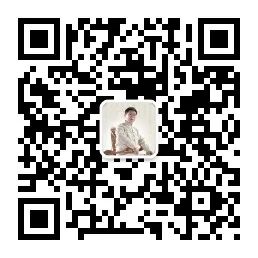
Dr. Luo Dalun Channel
WeChat ID: luodalunpd
Dalun Academy
WeChat ID: Dalun_sy

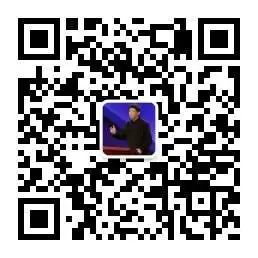
Dr. Luo Dalun
WeChat ID: Drluodalun
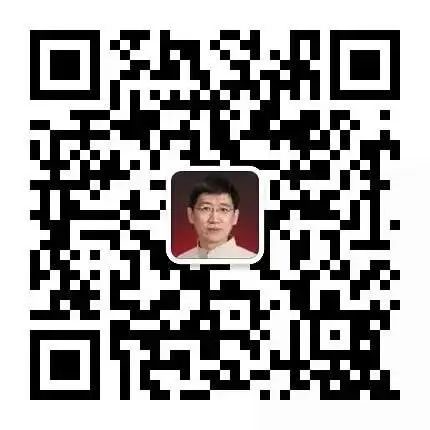
🔹All original articles of this public account are copyrighted; if you need to reprint, please leave a message to the editor and indicate the source. Commercial use is prohibited.
🔹The articles reprinted by this public account are for learning and communication purposes only and fall within the scope of fair use. If there are errors in the attribution of image sources, data sources, or text copyright sources, please inform the editor, and they will correct or delete it immediately.
🔹This public account holds the portrait rights of Dr. Luo Dalun; any unauthorized use will be pursued legally.
🔹This public account is legally supported by Beijing Zhongzhe (Shenyang) Law Firm, and will pursue legal responsibility for any unauthorized reprints, commercial use, and refusal to delete posts after warnings.

